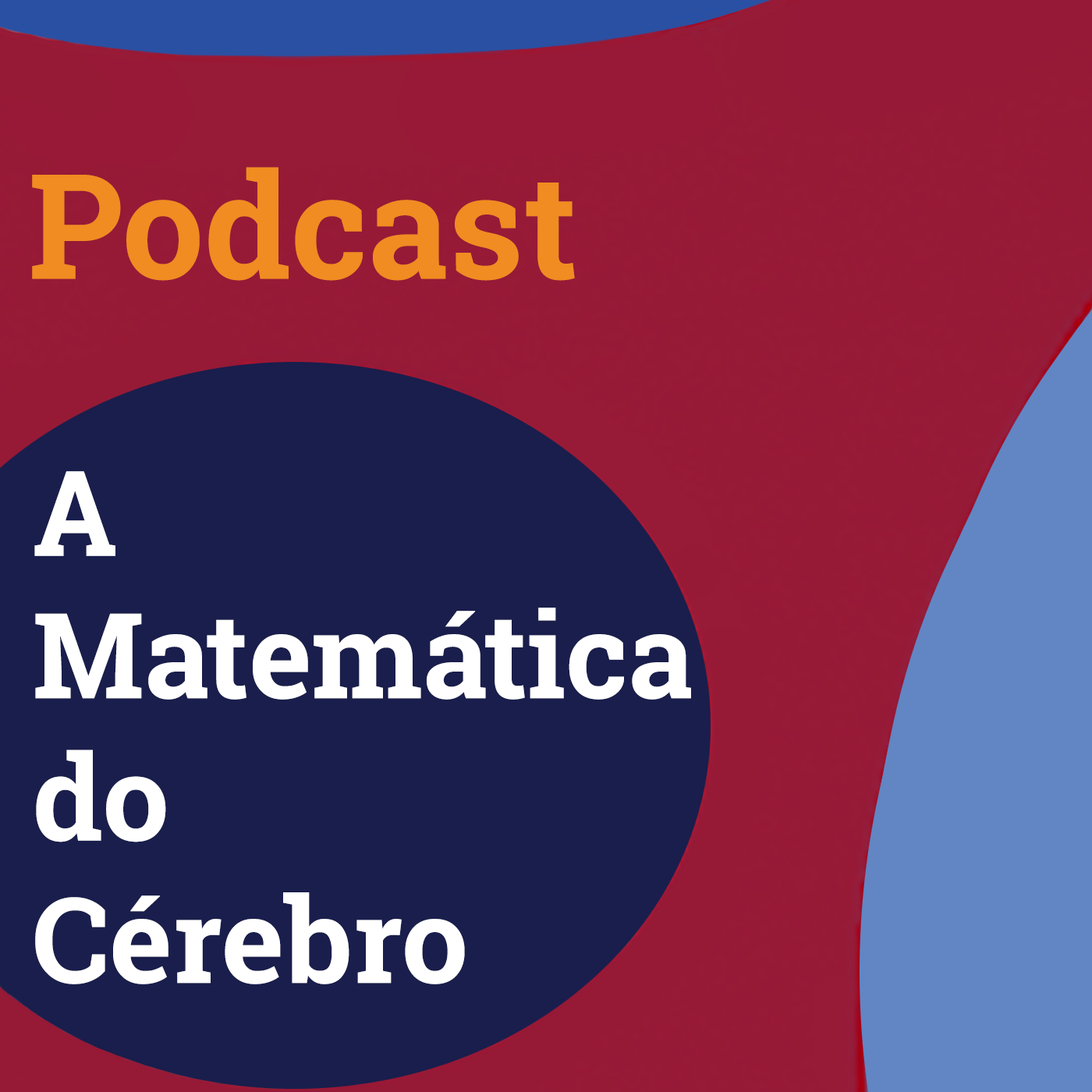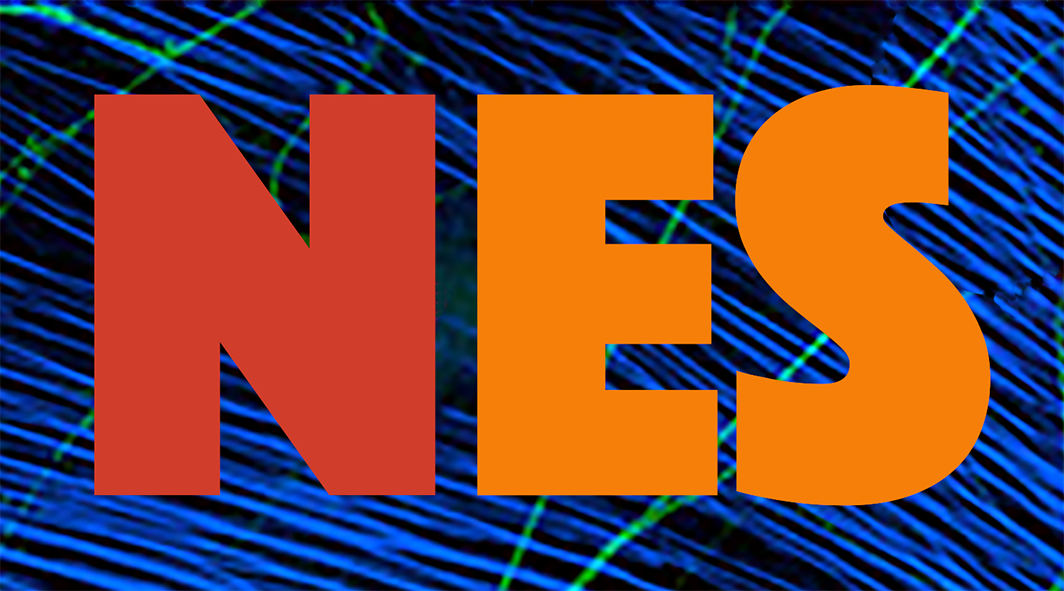
Computationally efficient change point detection for high-dimensional regression
Publications | Jan 29, 2016
Florencia Leonardi, Peter Bühlmann
Balance Impairments after Brachial Plexus Injury as Assessed through Clinical and Posturographic Evaluation
Publications | Jan 26, 2016
Lidiane Souza, Thiago Lemos, Débora C. Silva, José M. de Oliveira, José F. Guedes Corrêa, Paulo L. Tavares, Laura A. Oliveira, Erika C. Rodrigues, Claudia D. Vargas
Is the Frequency in Somatosensory Electrical Stimulation the Key Parameter in Modulating the Corticospinal Excitability of Healthy Volunteers and Stroke Patients with Spasticity?
Publications | Jan 18, 2016
Marco A. C. Garcia, João M. Y. Catunda, Marcio N. de Souza, Ana Paula Fontana, Sandro Sperandei, Claudia D. Vargas
Using mathematics to translate the brain
News | Jan 18, 2016
The creation of mathematical models to represent how complex networks work and to predict their behavior is a major challenge for scientists in several fields. Generally speaking, such models can be classified as part of random graph theory. “Scientists around the world are using random graph models to study how the brain works, but the mathematical basis for those models isn’t as sound as it could be. We aim to develop a new mathematics language to address the problems in neurobiology,” said Antonio Galves, a professor at the University of São Paulo’s Mathematics & Statistics Institute (IME-USP) in Brazil and head of the Neuromathematics Research, Innovation & Dissemination Center (NEUROMAT), one of the Research, Innovation & Dissemination Centers (RIDCs) supported by FAPESP. Report by Karina Toledo, Agência FAPESP, 12/16/2015.
Streaming of the workshop Random Graphs in the Brain
Streaming | Jan 18, 2016
Eight videos of the Random Graphs in the Brain workshop, that occurred on Nov, 23-27, 2015, at the University of São Paulo. Streaming was made available by IPTV-USP. Videos in English. More on the meeting, including list of speakers and presentation slides, here.
| NeuroCineMat |
|---|
|
Featuring this week: |
| Newsletter |
|---|
|
Stay informed on our latest news! |
| Follow Us on Facebook |
|---|




